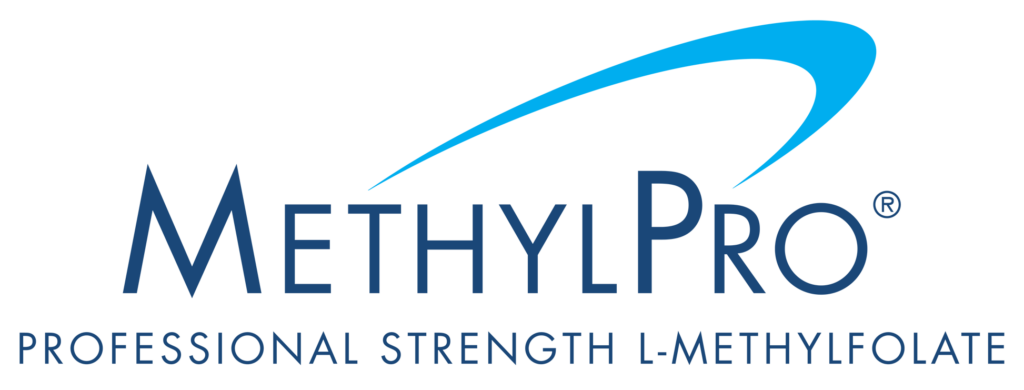When most of us examine the pie chart of how we spend our lives, the portion taken up by doing whatever-we-do-to-pay-the-bills is a big slice. Culturally, we are becoming more aware of the importance of self-care for a healthy body and sound mind. However, these self-care practices are often under-prioritized in the glorification of total productivity. That is why, this Mental Health Awareness Month, we are delving into mental wellness at work. We want to help you find peace and resiliency in the workplace for more life satisfaction on a holistic level.
In the article to follow, we will highlight the importance of mental wellness in the workplace. We suggest strategies for employers to support their employees’ mental well-being. And, we recommend ways in which individuals can advocate for their own mental wellness at work.
Understanding Mental Health in the Workplace
The modern workplace can be a breeding ground for stress, worry, and burnout. From demanding deadlines to interpersonal conflicts, employees often face a myriad of challenges that can take a toll on their mental well-being. According to the World Health Organization, work-related stress is one of the leading contributors to poor mental stability [1].
Publicly recognizing the significance of mental health in the workplace is the first step towards fostering a supportive and inclusive work environment. Employers play a pivotal role in creating policies, programs, and initiatives that prioritize mental well-being and promote a culture of openness and acceptance.
Strategies for Employer Support
Maybe you are an employer. Maybe you are curious about the ways in which you can support the emotional and mental well-being of your staff. Here are some ideas for ways you can promote mental wellness at work.
- Promote Mental Health Awareness: Celebrate Mental Health Awareness Month with us! Educate employees about holistic health issues, reduce stigma around illness through open conversations, and provide resources for support and self-help.
- Create a Positive Work Environment: Cultivate a workplace culture that values work-life balance, recognizes achievements, and encourages open communication. Implement flexible work arrangements, mindfulness programs, and stress-reduction activities.
- Offer Employee Assistance Programs (EAPs): Provide confidential counseling services, mental health resources, and referrals to professionals for employees facing mental health challenges. EAPs can offer support for a range of issues, including stress management, substance abuse, and family conflicts.
- Provide Training and Development: Equip managers and supervisors with the skills and knowledge to identify signs of mental distress, offer support, and facilitate accommodations for employees with health conditions. Offer (paid) workshops, seminars, and online resources on topics such as stress management, resilience, and emotional intelligence.
- Implement Policies and Procedures: Establish clear policies and procedures for managing mental health issues in the workplace, including accommodations for disabilities, confidentiality guidelines, and return-to-work plans. Ensure compliance with relevant laws and regulations, such as the Americans with Disabilities Act (ADA) and the Family and Medical Leave Act (FMLA).
- Lead by Example: Demonstrate leadership commitment to mental wellness by prioritizing employee well-being, modeling healthy behaviors, and fostering a culture of support and inclusivity at all levels of the organization.
Self-Advocacy and Self-Care for Employees
While employers play a crucial role in creating a supportive work environment, individuals also have a responsibility to advocate for their own health and happiness, and to practice self-care. Here are some strategies for employees to prioritize your own mental wellness at work:
- Know Your Limits: Recognize your personal boundaries and limitations, and communicate them assertively to your supervisor or colleagues. Learn to say no to excessive workloads or commitments that may compromise your mental health.
- Seek Support: Don’t hesitate to reach out for help if you’re struggling with mental health issues. Talk to a trusted colleague, supervisor, or HR representative, or seek professional support from a therapist or counselor.
- Practice Self-Care: Incorporate self-care activities into your daily routine, such as exercise, meditation, hobbies, or spending time with loved ones. Prioritize activities that recharge and rejuvenate you, and make time for relaxation and leisure.
- Set Boundaries: Establish boundaries between work and personal life to prevent burnout and maintain a healthy balance. Avoid checking emails or working outside of designated hours, and prioritize time for rest and recreation.
- Take Breaks: Don’t underestimate the importance of regular breaks throughout the workday. Step away from your desk, go for a walk, or engage in brief relaxation exercises to recharge your energy and focus.
- Practice Mindfulness: Cultivate mindfulness practices to increase self-awareness, reduce stress, and enhance overall well-being. Incorporate mindfulness techniques such as deep breathing, body scans, or guided meditation into your daily routine.
- Stay Connected: Build supportive relationships with colleagues, friends, and family members who can offer encouragement, empathy, and perspective. Foster a sense of belonging and camaraderie in the workplace by participating in social activities and team-building exercises.
Final Thoughts
Mental wellness at work is a multifaceted issue that requires proactive efforts from both employers and employees. By prioritizing mental well-being, fostering a supportive work environment, and practicing self-advocacy and self-care, we can create healthier, happier, and more productive workplaces for all. Let us strive to cultivate cultures of compassion, resilience, and inclusivity, where mental health is valued, protected, and prioritized.

